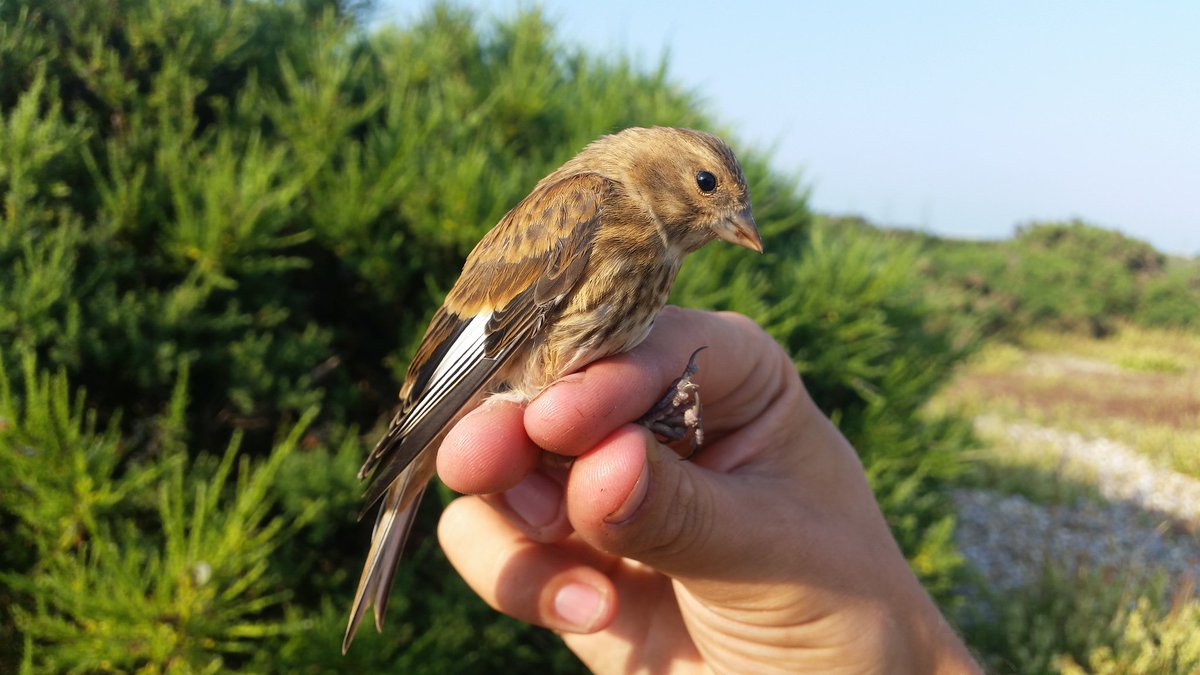A very disappointing end to the month with just two Grey Plovers passing west and 12 Mediterranean Gulls at the Patch being about the only birds of note. Only one Willow Warbler was seen bringing the months total to a miserable nine birds.
One Porpoise was seen offshore.
The moth traps were also quiet but two Hummingbird Hawk-moths were seen during the day.
One Porpoise was seen offshore.
The moth traps were also quiet but two Hummingbird Hawk-moths were seen during the day.














